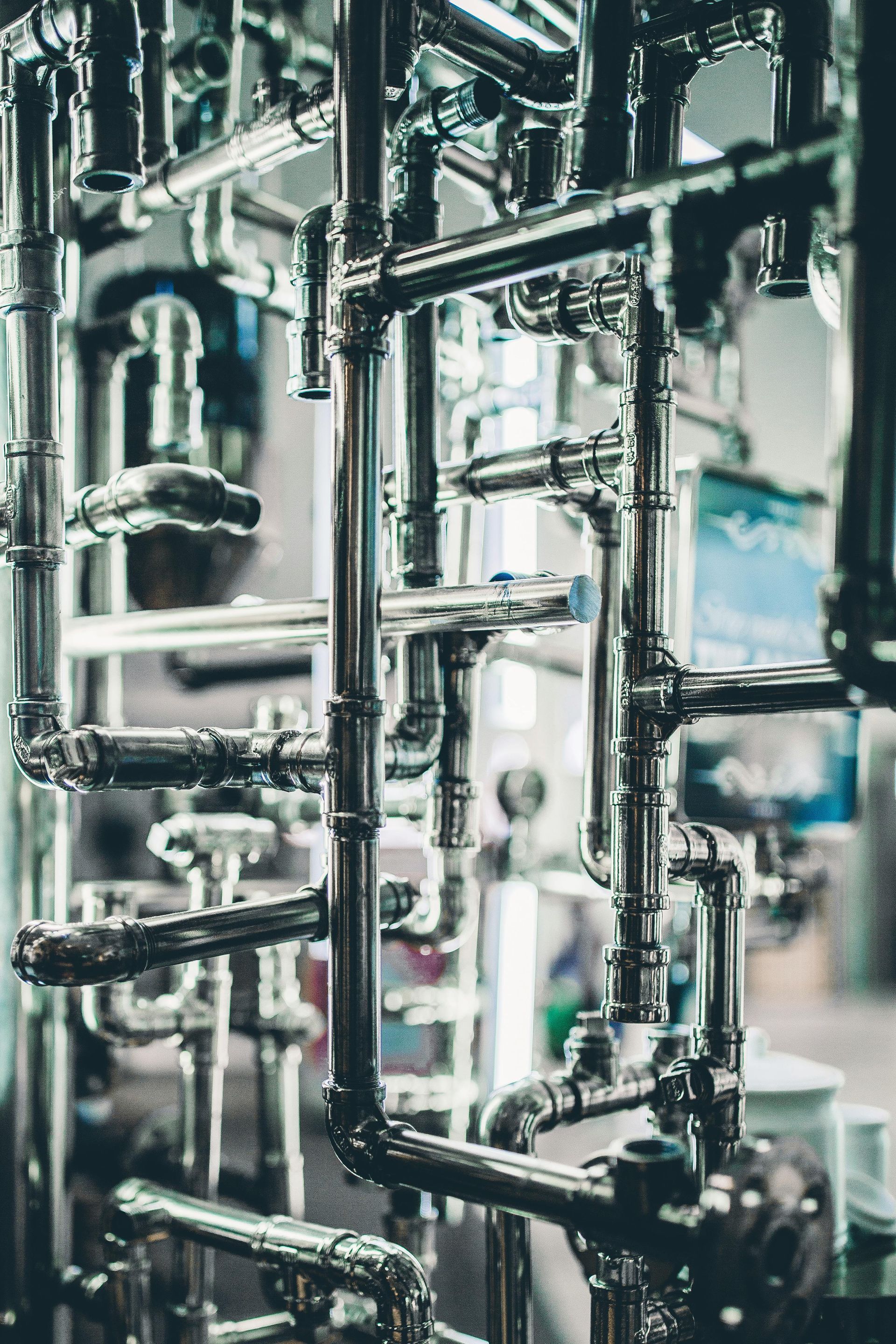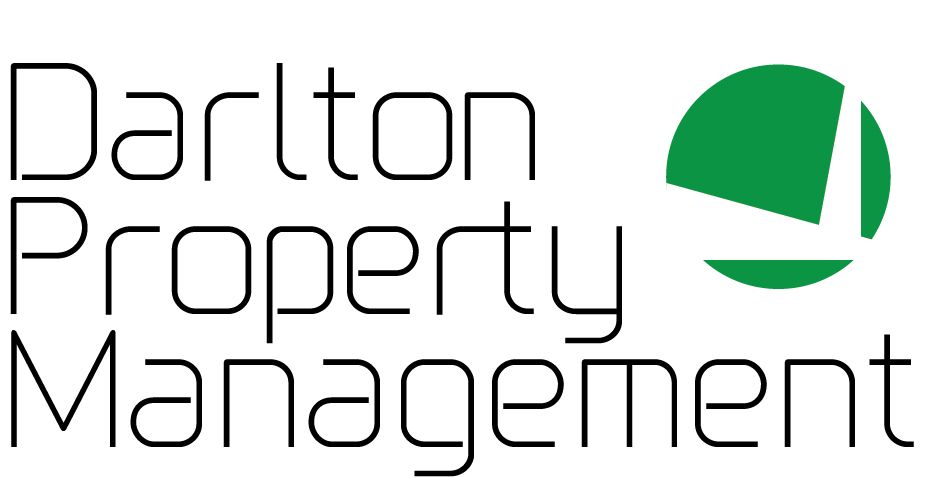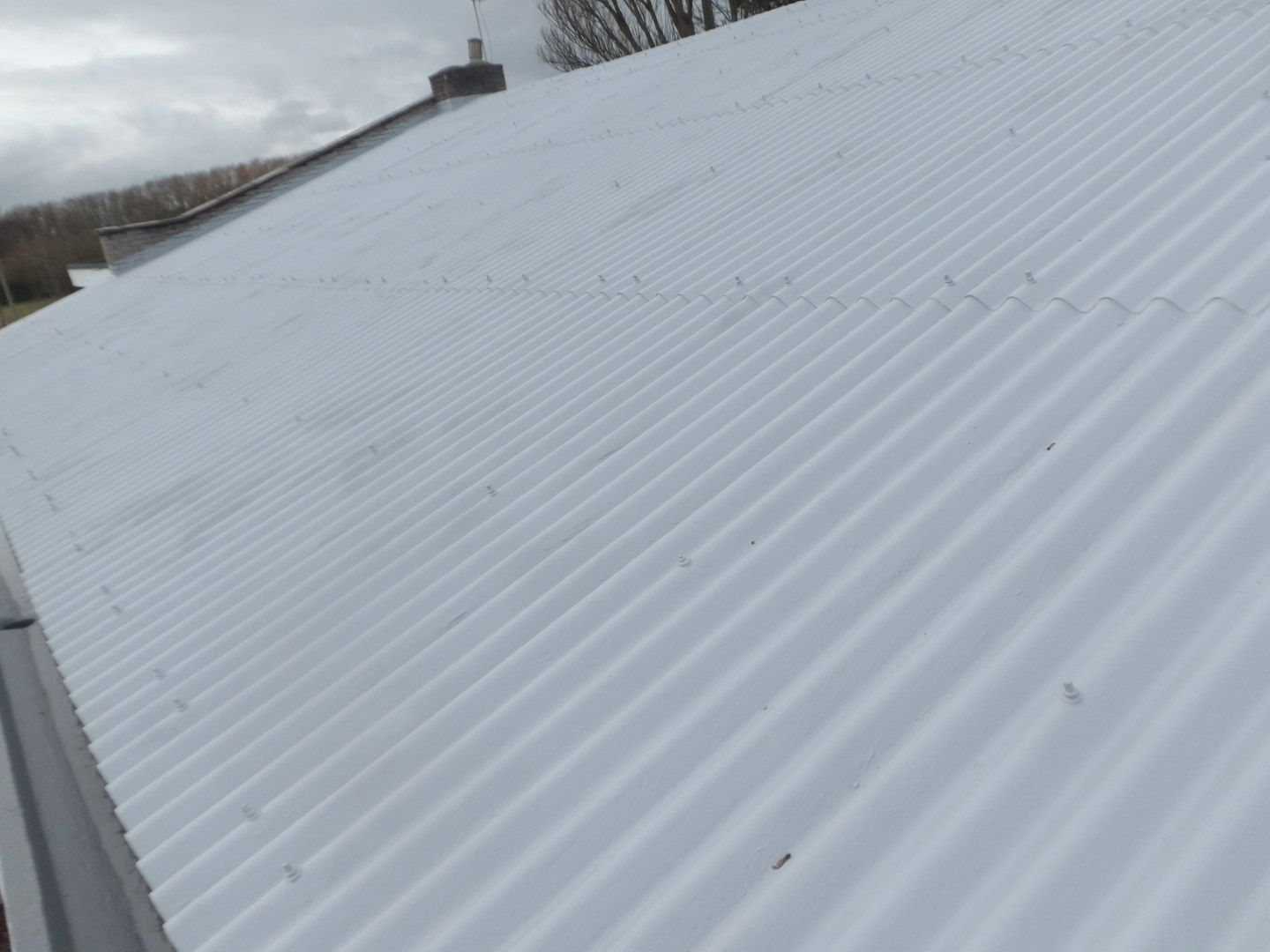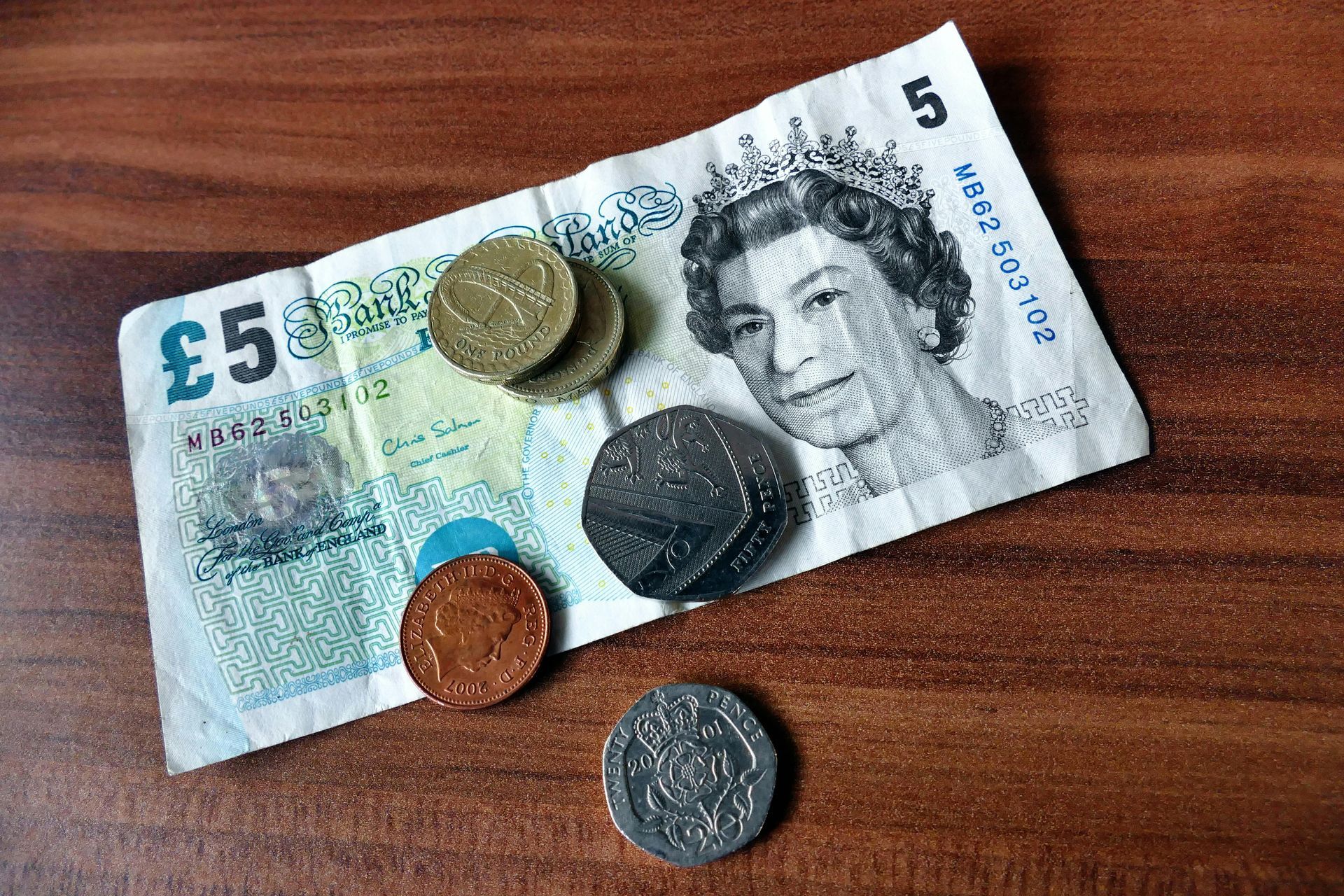History of Plumbing
History of plumbing

The History of Plumbing: From Ancient Innovations to Modern Systems
Plumbing, as we know it today, is a fundamental part of modern life, ensuring access to clean water, sanitation, and waste management. But its history stretches back thousands of years, evolving from simple, rudimentary systems to the complex networks we use today. Here’s a look at the history of plumbing from its ancient origins to modern times.
Ancient Beginnings: Early Plumbing Innovations
The earliest evidence of plumbing dates back to ancient civilizations, where water management systems were critical for public health and the development of cities. Early plumbing systems were often simple but revolutionary in their time.
Ancient Mesopotamia (around 4000 BCE):
The first known use of plumbing systems occurred in ancient Mesopotamia, in modern-day Iraq, where the Sumerians developed some of the earliest known water management systems. They used clay pipes to transport water to homes and city centers. These clay pipes were laid underground to bring water to households, much like how water flows through modern pipes today.
Ancient Egypt (around 2500 BCE):
The ancient Egyptians also made significant advancements in plumbing. They were among the first to build aqueducts, canals, and drain systems. The Egyptians constructed elaborate sewage systems, including public latrines and drainage systems to manage waste and water. The Egyptians also developed water-lifting devices such as the "shaduf" (a hand-operated device used to lift water from a river to irrigate fields).
Indus Valley Civilization (around 3000 BCE):
The Indus Valley Civilization, which existed in present-day Pakistan and northwest India, is known for having one of the earliest and most advanced plumbing systems. Cities like Mohenjo-Daro had sophisticated drainage systems, where every house was connected to a public sewer system. The drains were made of brick-lined channels that carried waste and water away from residential areas.
Roman Empire: Mastering Plumbing
The Romans are perhaps the most famous early civilization when it comes to plumbing and water systems. Their innovations set the stage for modern plumbing techniques.
Roman Aqueducts (around 300 BCE – 200 CE):
Romans engineered some of the most impressive plumbing systems in history, notably their aqueducts. These were large, stone-built channels that transported water from distant sources into cities and towns. The Romans built aqueducts that stretched over hundreds of miles, bringing fresh water into their cities, enabling public baths, fountains, and even private homes to have running water.
Public Baths and Sewers:
The Romans built public baths (thermae), which were equipped with sophisticated plumbing systems that included heated floors (hypocausts), hot and cold running water, and extensive sewage systems. The Cloaca Maxima, an ancient Roman sewer system, is one of the oldest and still functional sewers in the world. It was initially constructed to drain water from the city and eventually became a vital part of the city's sanitation system.
The Middle Ages: Decline and Development
After the fall of the Roman Empire, plumbing systems in Europe experienced a decline. However, plumbing systems continued to evolve in other parts of the world.
Medieval Islamic World (7th – 15th centuries):
During the Middle Ages, the Islamic world preserved and expanded upon Roman plumbing innovations. Scholars like Al-Jazari (12th century) created water clocks, pumps, and other mechanical devices for both domestic and public use. The Islamic Golden Age also saw the development of sophisticated systems for water distribution, including qanats (underground tunnels that carried water from mountains to cities).
Medieval Europe:
In medieval Europe, sanitation was poor, and public health suffered as a result. Castles and monasteries typically had basic plumbing systems, often utilizing wells, cisterns, and rudimentary drainage systems. Public baths, which had been a staple of Roman life, were rare, and waste management was generally inefficient.
The Renaissance and Early Modern Period: Advancements in Plumbing
The Renaissance brought a renewed interest in engineering and architecture, leading to the rebirth of plumbing innovations.
The 16th Century:
During the 1500s, new plumbing systems began to emerge in Europe. In Italy, the famous architect Andrea Palladio designed some of the earliest indoor plumbing systems in grand estates and villas. Water began to be piped indoors for the wealthy, though these systems remained rare.
The 17th Century:
In England, King Louis XIV of France built the first indoor plumbing system at the Palace of Versailles, marking a significant step forward in domestic plumbing. These systems included water closets (early toilets), pipes for hot and cold water, and elaborate drainage systems.
Industrial Revolution: The Rise of Modern Plumbing
The 18th and 19th centuries saw the most significant advancements in plumbing, largely driven by the Industrial Revolution. New materials, technologies, and a growing urban population necessitated more sophisticated plumbing solutions.
The 19th Century:
By the mid-1800s, indoor plumbing had become more common in wealthier households in Europe and North America. Innovations included the development of the flush toilet, invented by Sir John Harington in 1596 but refined in the 19th century. Cast-iron pipes were introduced for more durable and efficient water transport. Additionally, public sewer systems were built in major cities to manage waste and improve sanitation.
In 1851, the first public water system was introduced in London, and in the United States, cities like New York and Chicago began to establish comprehensive water and sewage systems to accommodate growing populations.
20th Century to Today: The Age of Innovation
With the advent of modern technology, plumbing systems became more efficient, safer, and accessible to the general population.
Modern Plumbing:
By the early 20th century, the majority of households in developed countries had access to modern plumbing, including running water and waste disposal systems. Materials like copper, PVC, and PEX (cross-linked polyethylene) revolutionized plumbing, making pipes more durable, affordable, and easier to install.
Today, plumbing is an essential part of our daily lives, with advanced systems providing fresh water, waste management, and heating for homes, businesses, and industries worldwide. Innovations such as low-flow fixtures, tankless water heaters, and water filtration systems are just a few examples of how plumbing continues to evolve.
Conclusion
The history of plumbing is a testament to human ingenuity, from the ancient systems in Mesopotamia and Egypt to the Roman aqueducts and modern-day innovations. Plumbing has played a crucial role in improving public health, quality of life, and urban development. As technology advances, plumbing systems will continue to evolve, providing even more efficient and sustainable solutions for future generations.



